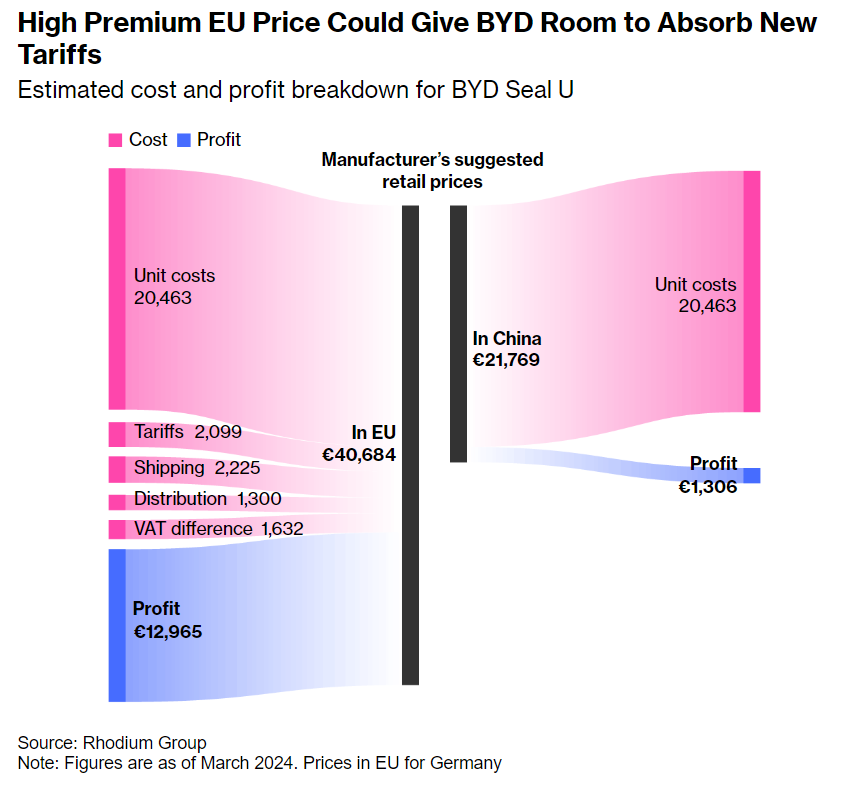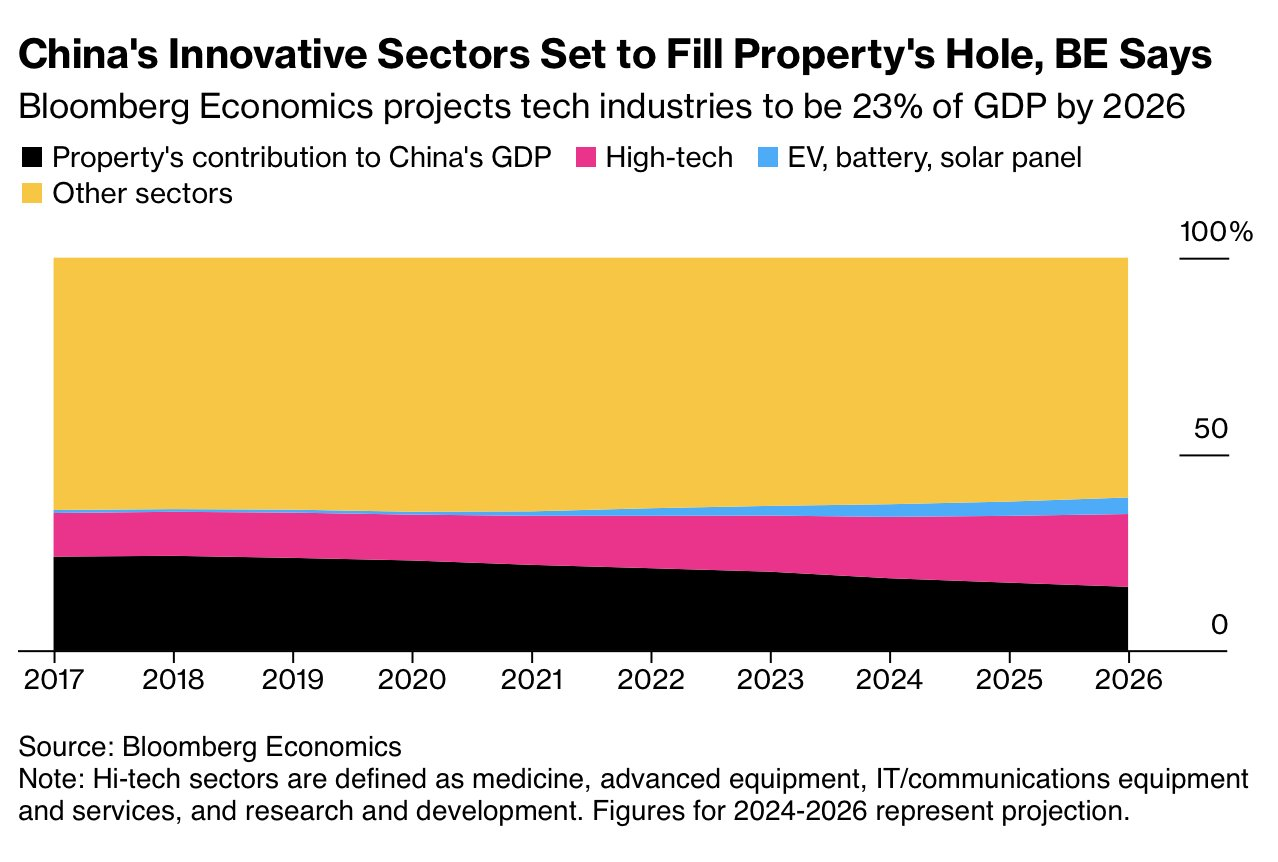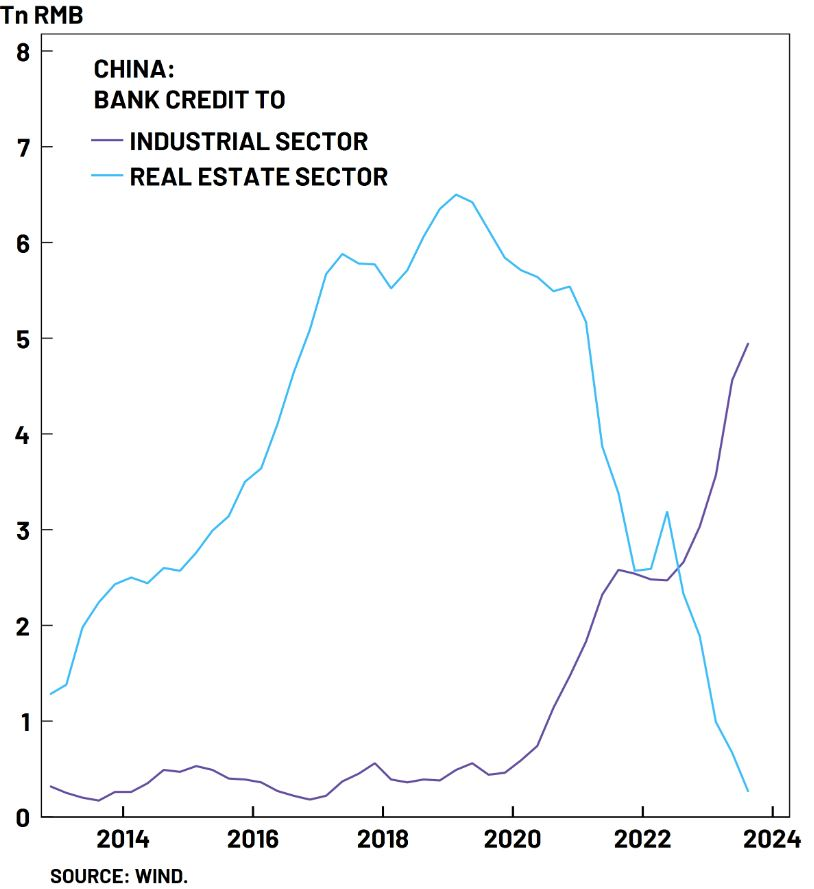

How are they being encircled? The US alied stooges in the erea are the same as always, Japan, SK, Taiwan and Philippines. In regards to those US alliances and military presence the situation is the same as it was 10 years ago. They cant do much bar making any SK or Japanese action against china in some future conflict economy collapsing for them and in that aspect they are much more able today than years ago
No other neighbouring nation will side with the US against China, economically or militarily. Not indonesia,not vietnam, not Thailand,not Singapore,not laos,not Malaysia, not the Stans, bot Mongolia ,not even China. With every day that passes their economies and development are even more dependent and intermingled with China’s and for the Muslim majority nations US public option has drop like a rock in the last year so US lost them for the near future.
And to the most important point, China has military superiority against the US and allies in any conflict taking place in SCS and off of the Chinese shores. They outgun and arguably outtech the US in that region and every day that passes the military balance of power regionaly shifts more and more to Chinas favor. The actual trends are the opposite of them getting encircled










The inflection point where the US will no longer be able to content and keep up with China militarily in the only theater that matters (South East Asia, First Island Chain, Taiwan) is somewhere between now and 2030. The inflection point where China is energy and tech independant enough and its global import/export network is balanced and diversified enough towards countries that would not follow the US in any attempt at economic war against them is again a pre 2040 thing. Thats their course but to keep it that way making correct and steady decisions on their domestic economic, industrial and political restructuring is way more dangerous and a focus than taking more active stances regarding the middle east or Ukraine with a lot less room for mistakes